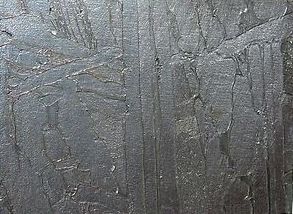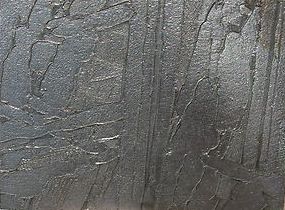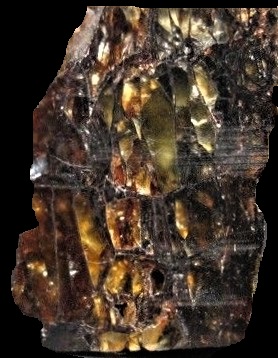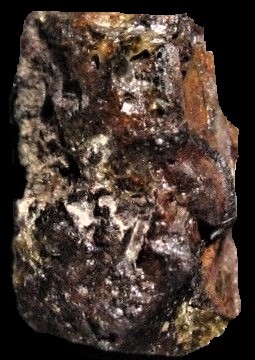Seymchan Meteorites
[Iron/Pallasite]


Photographed by Michael P. Klimetz
9.25 grams
[Etched Slice]
Magadan Region
Siberia
RUSSIA
Photographed by Michael P. Klimetz
9.25 grams
[Etched Slice]
Magadan Region
Siberia
RUSSIA
The initial discovery of the Seymchan meteorite was made in the dry bed of the Hekandue River, a tributary of the Jasačnaja River, near the Seymchan settlement in the Magadan district, eastern Siberia, Russia. The main mass, measuring 272.3 kg, was found in June 1967 by F. A. Mednikov during a routine geological survey. The mass possessed a triangular shape and was extensively thumbprinted. A second specimen measuring 51 kg was found in October 1967 at a distance of 20 meters from the main mass by I. H. Markov who employed a mine detector. The main mass was delivered into the Academy of Sciences of the USSR. During a 2004 expedition, Dmitri Kachalin recovered about 50 kg of new material. Remarkably, approximately one-fifth of the new specimens were found to contain olivine crystals and so revealed the silicated nature of the meteorite. Such a pallasitic structure was not revealed during inspections of small metallic sections of the original main mass. Although the Seymchan is undoubtedly a pallasite, it is considered anomalous due to its high iridium content. Prior the discovery of its pallasitic structure, it had been classified as a IIE anomalous coarse octahedrite. The Seymchan meteorite is stable and rust-resistant, and considered a pallasite. Hence, Seymchan specimens occur either with or without olivine crystals.


Photographed by Michael P. Klimetz
1.26 grams
[IIE Iron/Pallasite Olivine-Rich Slice]
Magadan Region
Siberia
RUSSIA